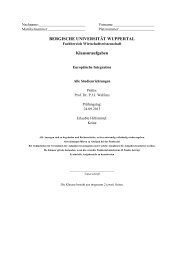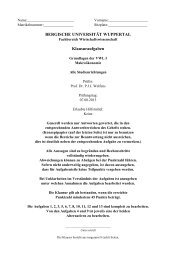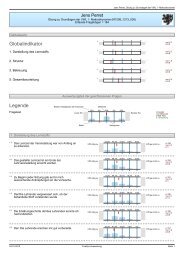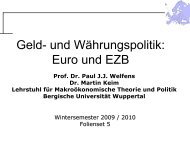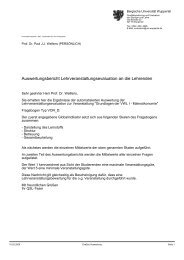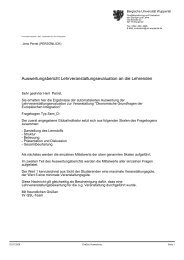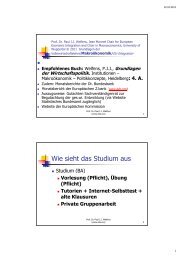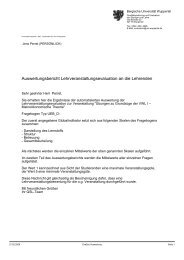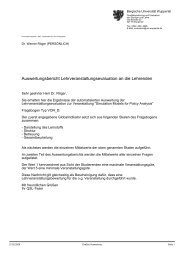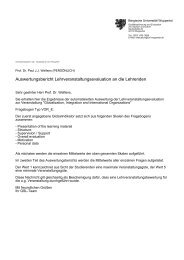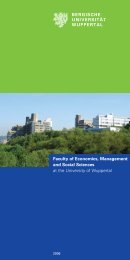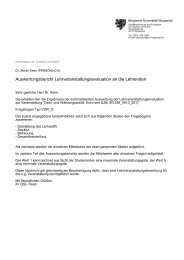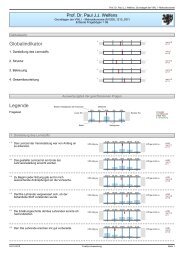UNIVERSITÄT POTSDAM - Prof. Dr. Paul JJ Welfens
UNIVERSITÄT POTSDAM - Prof. Dr. Paul JJ Welfens
UNIVERSITÄT POTSDAM - Prof. Dr. Paul JJ Welfens
You also want an ePaper? Increase the reach of your titles
YUMPU automatically turns print PDFs into web optimized ePapers that Google loves.
Appendix: Methodological Issues in Growth Statistics<br />
Comparing Germany / Euroland and the US there are considerable differences in statistical<br />
procedures concerning the measurement of inflation and growth, respectively.<br />
Since 1995 the US BEA has been using a chained Fisher quantity index for determining<br />
real GDP. While the US approach uses current price structures – taking into account<br />
substitution effects which tends to generate rates of growth in the year following the<br />
base period which are smaller than those generated with traditional approaches – Germany<br />
and most other EU countries use a Laspeyres price index. US hedonic pricing<br />
approaches for measuring inflation reduces the US inflation rate and a fortiori raises the<br />
real growth rate. Since Germany and most other EU countries were not using hedonic<br />
pricing there is a bias in transatlantic growth comparisons. The overall bias from the<br />
US use of the Fisher chain index and from hedonic pricing is in the range of 0.3-0.4<br />
percentage points (DEUTSCHE BUNDESBANK, 2001).<br />
Tab A1: The Tax Burden on Low and Middle Wages (Income tax plus social security<br />
contributions in 1999 as % of labor costs)<br />
(1) (2) (3) (4)<br />
B 34.9 41.3 51.2 52.4<br />
DK 14.6 31.0 40.9 40.9<br />
D 31.1 34.5 47.0 47.0<br />
EL 34.3 36.8 35.2 36.5<br />
E 28.4 30.3 332.6 36.2<br />
F 31.5 38.8 40.4 43.5<br />
IRL -5.2 19.9 21.5 24.7<br />
I 28.2 37.4 44.2 44.7<br />
L 4.7 11.4 30.0 27.9<br />
NL 21.8 34.2 40.3 41.1<br />
A 19.0 31.8 41.7 43.7<br />
P 22.0 26.0 30.3 32.1<br />
FIN 27.6 40.3 43.3 45.4<br />
S 40.9 44.5 48.8 49.7<br />
UK 14.2 23.8 26.2 25.5<br />
US 12.6 24.5 29.3 29.8<br />
JP 14.7 14.7 18.3 18.4<br />
(1) single individual with two children, earning 67 % of the APW (Average wage of production workers).<br />
(2) married couple with two children and a single earner at the APW.<br />
(3) single individual with no child, earning 67% of the APW.<br />
(4) married couple with two children and two earners, with earnings split between the two partners at<br />
100% and 67% of the APW.<br />
Source: European Commission (2001), European Economy, Supplement A, No. 1<br />
59



